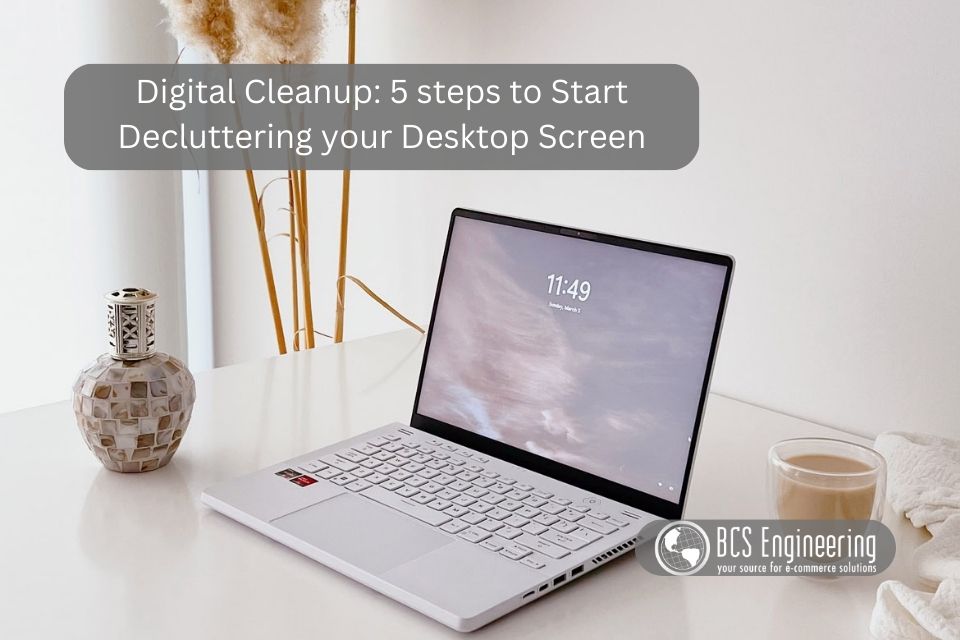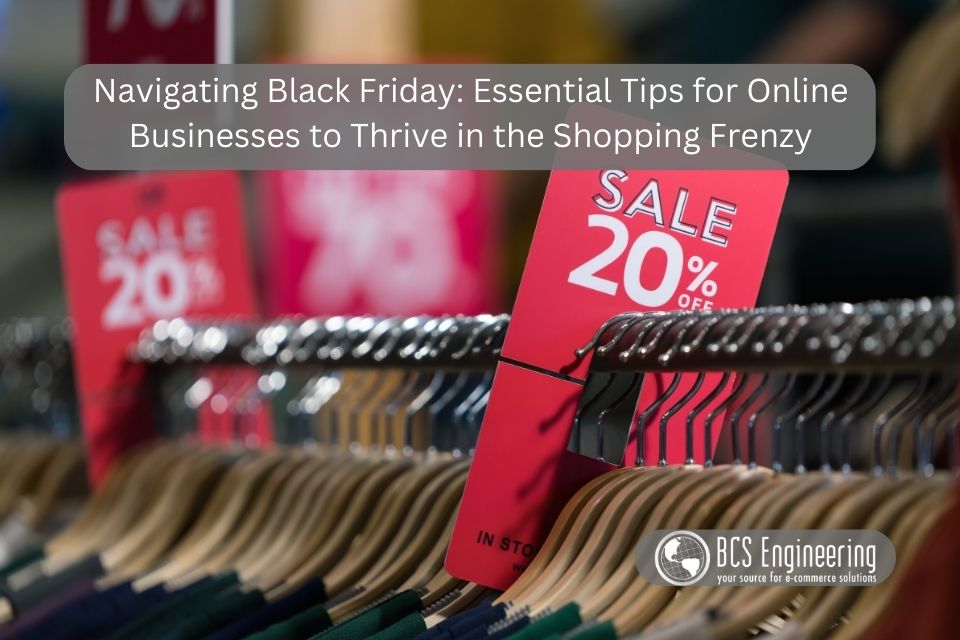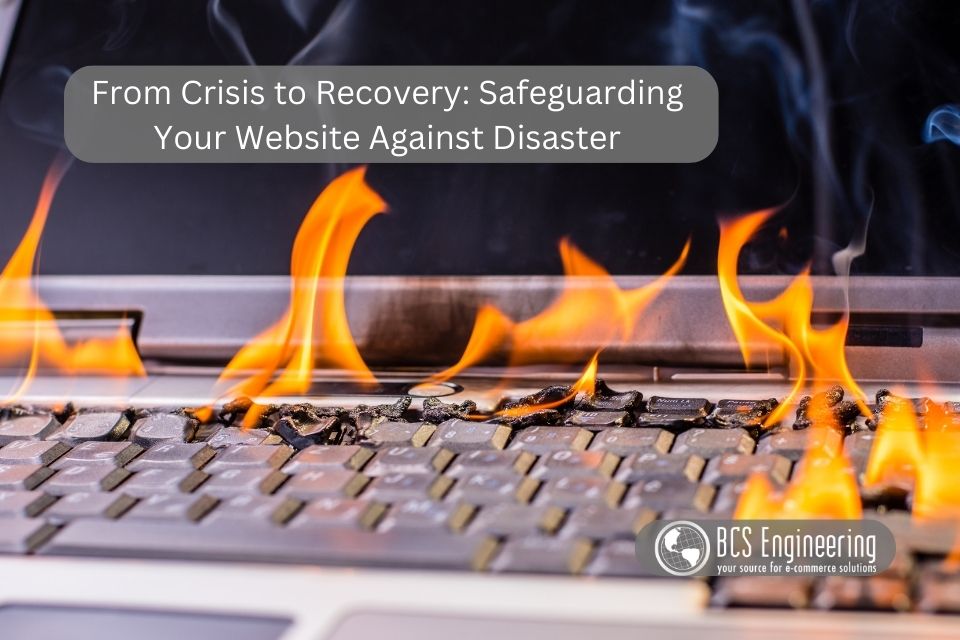Reviewing and reflecting on your business progress is essential to improving it over time. With the new year coming up, now is a great time to go over your business wins and struggles and prepare a game plan for the future!

While the new year isn’t the only time you should review and reflect on your business, it is a common time to do it. When thinking back on your business, check where your business stands now:
Look back on your goals
Whether you have yearly reviews incorporated into your business year, or you have finally got some downtime to look over your business, the first step to reflecting on your business is taking a look at your goals. What did you want to accomplish? How many goals did you reach or even go beyond your expectations? How many goals fell off somewhere along the way? Creating goals to look back on is an effective way to measure your online shop’s success as well as establish next steps.
Read through customer feedback
When measuring how well your business did this year and what areas it struggled in, reviewing customer feedback from the year can help. Let’s say you released a new product this past year, how did customers react to it? You can also look back on any campaigns you ran, such as holiday sales. Did your campaign planning and marketing successfully engage your customers? Did they enjoy your event? Note any areas where customer feedback was extremely positive or extremely negative and analyze what really worked or didn’t work in those cases.
Give your website a checkup
It is always a good idea to check up on how well your site is performing. Changes may have been made to your site during the year, or perhaps an update or two are overdue. Overall, you want to take note of any maintenance that needs done to your site so you can plan it out effectively. While looking over your site, also take a moment to come up with any ideas that can improve your site. Are there pages where the user interface could be better? How is mobile looking? Is your site feeling slow? Plan out your renovations and set solid goals for how many of them you want to see done in the new year.
Research your Industry
As the year draws to a close, it’s important not only to look back on your business, but other businesses in your circle as well. Have any of them undergone major changes? Have your competitors shifted over the year? Also dig into your industry as a whole. From technological advancements to regulatory updates, research any potential hurtles that your company may have to compete with, as well as any emerging opportunities.
Want to learn more?
Need help reflecting on your business? Listen to our latest eCommerce Made Easy Podcast for a guided reflection on your business with Carrie! In this episode, Carrie shares her own process of reflecting on her business wins and struggles.









